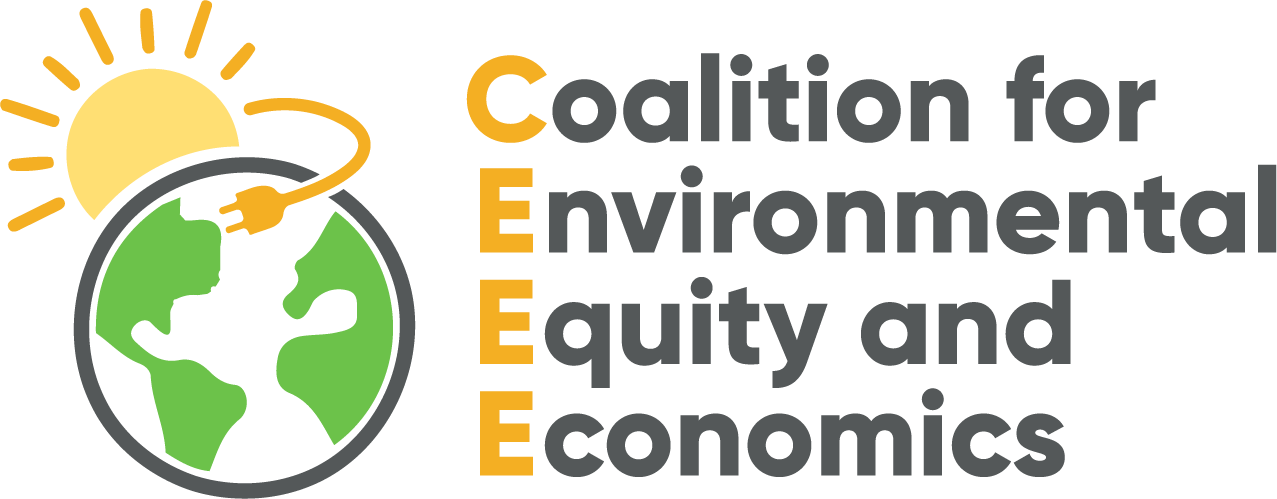Why California’s plan to let PG&E charge you a fixed monthly fee is as flawed as it sounds
May 8, 2024
In June 2022, with little debate or opportunity for public input, California lawmakers approved and Gov. Gavin Newsom signed AB205, a sprawling, 21,000-word bill focused on energy policy. AB205 was a so-called “trailer bill,” a piece of legislation nominally attached to the state budget that’s often used to sneakily pass sweeping policies without going through the traditional legislative and public review process.
Even lawmakers didn’t appear to fully realize what was in AB205 because once the California Public Utilities Commission began following through with what the bill directed it to do — establish a fixed monthly charge, dependent on household income, for all Pacific Gas & Electric, San Diego Gas & Electric and Southern California Edison customers — hell broke loose.
The utilities initially proposed a fee that could reach as high as $92 per month for PG&E customers. This set off shock waves for customers already reeling from a recent series of PG&E rate increases, which by the end of the year could result in the typical residential customer paying at least $53 more per month than in 2023.
With furious constituents blowing up their phones, a group of Democratic lawmakers introduced AB1999, a bill to cap a fixed monthly fee at $10.
That bill, however, was stalled without a hearing — apparently at the behest of Assembly Speaker Robert Rivas — clearing the way for the Public Utilities Commission’s vote scheduled for Thursday on a proposed decision that would set the monthly fixed charge at $24.15, $12 or $6, depending on household income, while lowering “volumetric” rates for the electricity you use by an average of 11.3% to 11.9%. If approved, the changes would go into effect in late 2025 and early 2026.
Supporters of the proposal say a fixed charge will make electricity bills fairer by more equitably dividing the costs of maintaining the system we all use. The costs of subsidy programs, new hookups, grid modernization, repairs and wildfire mitigation are all folded into the price of electricity. Californians who can’t avoid using more energy — such as those living in hotter inland climates and those who can’t afford or access rooftop solar panels — end up shouldering a disproportionate share of this burden.
Supporters also say the proposal will incentivize electrification. If you make power use cheaper, they argue, Californians will be more inclined to invest in electric heat pumps or electric vehicles, thus helping the state to reduce its reliance on polluting fossil fuels.
Unfortunately, the Public Utilities Commission’s proposed decision will not bring the state meaningfully closer to achieving either goal.
Although some low-income customers will see cost savings, many households that aren’t wealthy by any stretch of the imagination will be stuck with the highest fixed charge.
The lowest $6 tier applies only to customers enrolled in the California Alternate Rates for Energy program, which has an income limit of $39,440 for a household of up to two people and $49,720 for a family of three. The $12 tier applies to customers enrolled in the Family Electric Rates Assistance program, which has an income limit of $62,150 for a family of three.
These low thresholds mean many middle-class Californians — including those living paycheck to paycheck — will be hit hard.
Meanwhile, the amounts of the proposed fixed charges are largely arbitrary. No one we spoke to offered a convincing explanation for how $24.15 was decided upon. It just seems to have been the most politically palatable compromise: It wasn’t as high as what the utilities originally proposed, and the Sacramento Municipal Utility District uses the exact same fixed charge.
But, as the commission’s own proposed decision notes, the figure doesn’t account for all utility fixed costs. Nor does it account for wildfire mitigation initiatives. At least in the near term, the expensive undergrounding of power lines in high-risk areas will continue to be incorporated into electricity costs, pushing rates higher as more wildfire-hardening projects get approved.
Furthermore, it seems unlikely that the reduction in electricity usage rates will be enough to significantly move the needle on electrification. According to the proposed decision, even the utilities doubt it will. After all, PG&E hiked residential electricity rates by 20% in January alone. So even if rates were to drop by 11.9% in a few years, we’d still be paying more for electricity overall.
Meanwhile, the solar industry correctly worries that a high fixed charge could further reduce incentives for people to install rooftop solar and home battery storage while discouraging energy conservation.
Alice Reynolds, the Public Utilities Commission president, told us she’s surprised the proposed decision is getting so much attention, because “this is not a huge change for anyone.”
Which raises the question: Is it even necessary?
Yes, the proposed decision divides the pie of electricity costs differently. But it doesn’t fundamentally address the underlying issue of why costs are rising so quickly in the first place.
The plan’s implicit premise is that everyone should stay on a mass grid largely run by private utilities, forever. But is that really what we want — don’t forget that PG&E last year was America’s most hated utility — or what we need?
Instead of investing billions of dollars in undergrounding PG&E power lines in remote, fire-prone areas, it may ultimately be cheaper, safer and more sustainable — especially as climate change renders more and more areas uninsurable and perhaps uninhabitable — to focus on developing localized energy sources such as microgrids and community solar.
That doesn’t necessarily mean scrapping the idea of a fixed charge, as there are clear inequities in California’s current billing system. But there’s no need to rush an arbitrary plan — itself the result of a bill passed in haste and secrecy.
Lawmakers should go back to the drawing board and give more modest proposals, such as AB1999, a fair shot.



